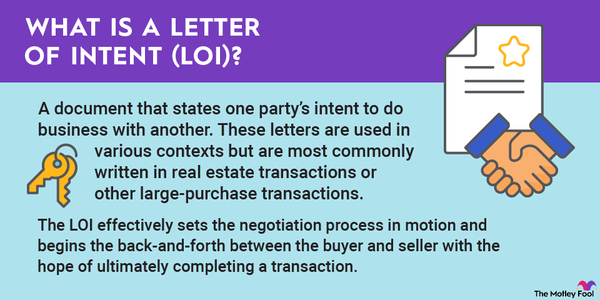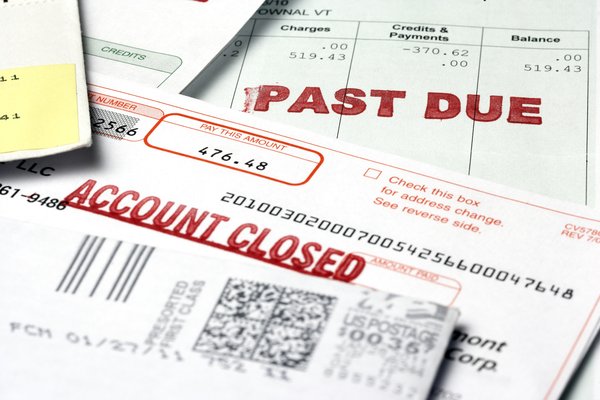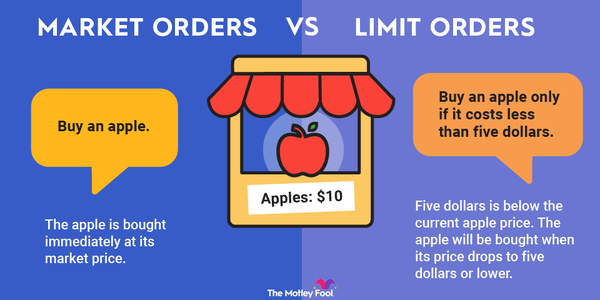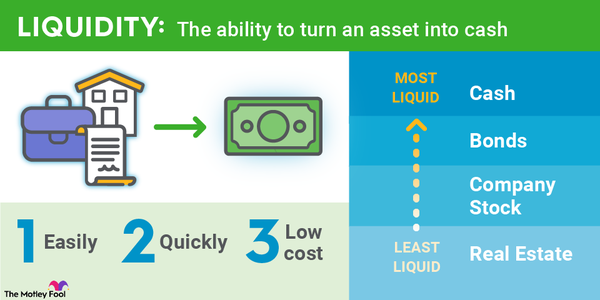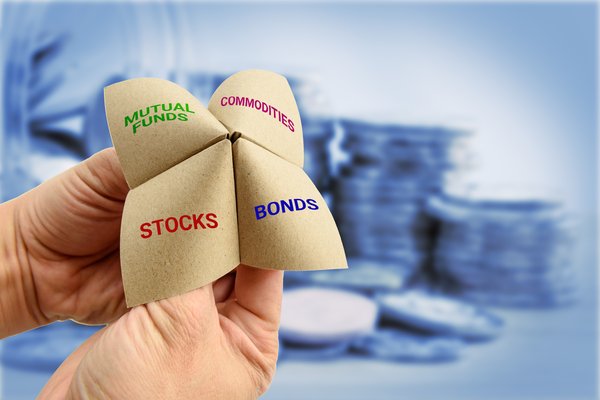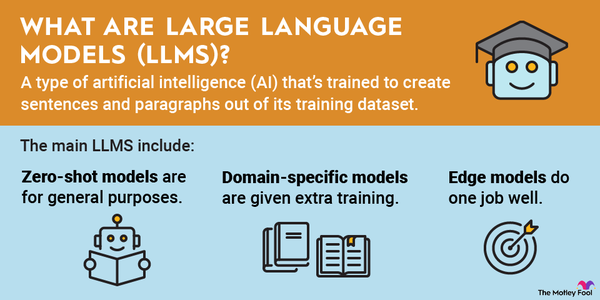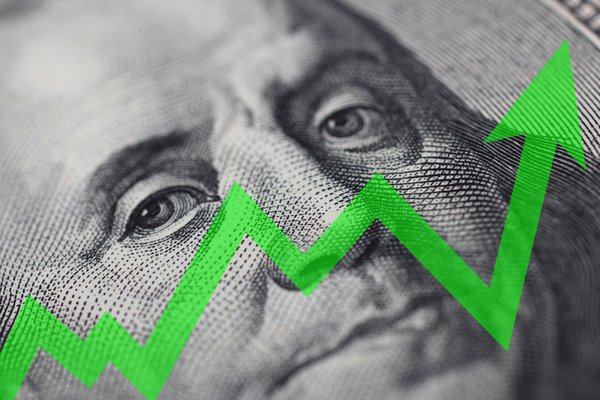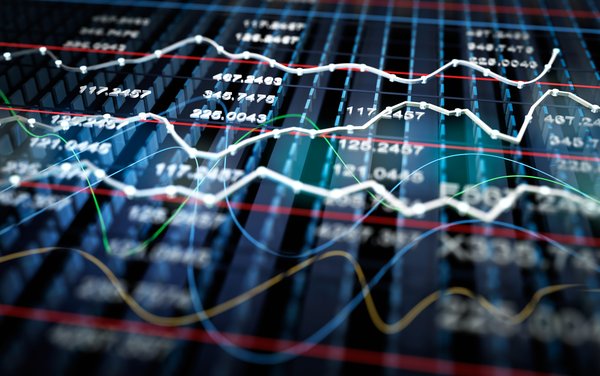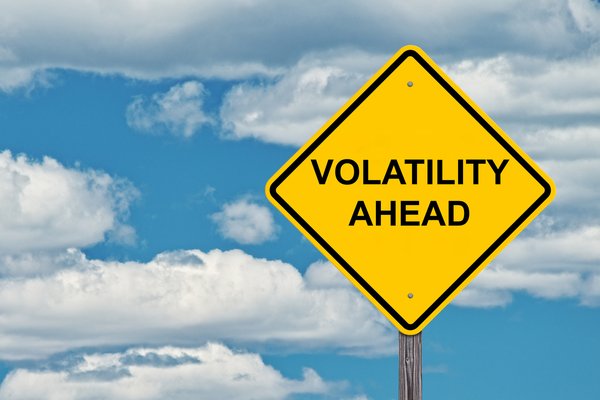Chances are, you are using lagging indicators regularly without much thought. Your credit score is a lagging indicator of your ability to manage debt. Your month-end checking account balance is also one, showing how well you stayed on budget.
More formally, lagging indicators are broadly used in economics and finance. Let's explore this type of metric now. We'll cover what lagging indicators are and how to use them successfully.

Definition
Understanding lagging indicators
Lagging indicators are measurements of past events. Economists, investors, and business leaders use lagging indicators to measure things that have already happened.
Revenue growth is an example. A revenue growth percentage quantifies how much revenue changes after a certain period. The value confirms that revenue increased or decreased relative to a previous period. Business leaders can use the change to help evaluate internal decision-making, customer preferences, the competitive environment, or any other factor that affected the quarter's sales.
Lagging indicators are usually easy to measure and compare. They provide a quick snapshot of trends in a complex environment, such as a business or economy. Lagging indicators have some limitations, however. These include:
- Backward-looking. Lagging indicators reflect the past only. They do not have predictive power. Predictive metrics are called leading indicators. An example is an improvement in customer satisfaction scores, which could precede an increase in referred business.
- Oversimplification. Lagging indicators may encourage oversimplification of complex events. For example, positive revenue growth may result from a product line expansion in the same quarter. Or, a competitor may have coincidentally had a supply chain problem, prompting customers to switch. Analysis is needed to understand all factors influencing the lagging metric.
- Difficult to manage in isolation. Lagging indicators can isolate problems within a system, but solving those problems is more challenging. Often, the solutions can negatively affect other indicators. For example, efforts to increase revenue growth may affect margins and customer satisfaction scores. Short-sighted strategies can easily create unintended consequences.
Types
Types of lagging indicators
There are many types of lagging indicators, but the best-known are their formal applications in economics, business, and investing.
- Economic lagging indicators include gross domestic product, unemployment rate, and consumer price index (CPI).
- Business lagging indicators include nearly any key performance indicator, such as revenue growth, margins, net income, and earnings per share. Departments within a business also can have indicators. For example, a marketing team might track conversion rates, customer satisfaction scores, and email open rates.
- Investing lagging indicators include technical measures like Bollinger Bands, moving average convergence divergence, and relative strength index.
How to use
How to use lagging indicators
Proper use of lagging indicators requires some planning. These steps can help you set up your measurement process.
- Define what you are measuring. You need a clear focus to identify the right indicators to track.
- Identify appropriate lagging indicators. Whether you are measuring the effectiveness of a content marketing campaign or the health of a new business unit, someone has probably done it before you. Consult with peers, colleagues, and subject matter experts to establish a prospective list of indicators. Refine the list according to your goals and situation.
- Set the measurement period. Define how often you will review the metrics. A set measurement period, such as a month or quarter, provides comparable values.
- Establish baseline values. With starting values for each indicator, you can measure changes at the close of the next period.
- Set benchmarks or targets. Establish how you would like to see the indicator values change and by when.
- Measure and analyze. Begin your measurement process and analyze notable changes. Adjust the process as needed to gain necessary insights.
Related investing topics
Example
Lagging indicator example: Inflation
Inflation is a lagging indicator that's often covered by the financial media. Inflation is measured by annual changes in the monthly CPI. Monthly CPI data are published two weeks after the end of a month.
The Federal Reserve uses CPI trends to set monetary policy going forward. When inflation is high, for example, the Fed usually tightens the money supply with higher interest rates to slow rising prices. These adjustments cannot change previous inflation; they can only address the future.
In 2022 and 2023, higher interest rates had the desired effect on inflation, but the process was slow. Two factors contribute to the long timeline. Both highlight lagging indicator limitations.
- The delay between the problem and the solution can be lengthy. Data is measured, released, and analyzed before the Fed acts.
- Although inflation is a simple percentage value, it arises from complex factors within the U.S. economy. Any action to manage inflation must be methodical to avoid unintended consequences, such as a recession.
Lagging indicators measure results after the fact. They can be used to highlight trends and confirm the consequences of strategic actions. A robust measurement process combines the retrospective power of lagging indicators with the predictive ability of leading indicators.








